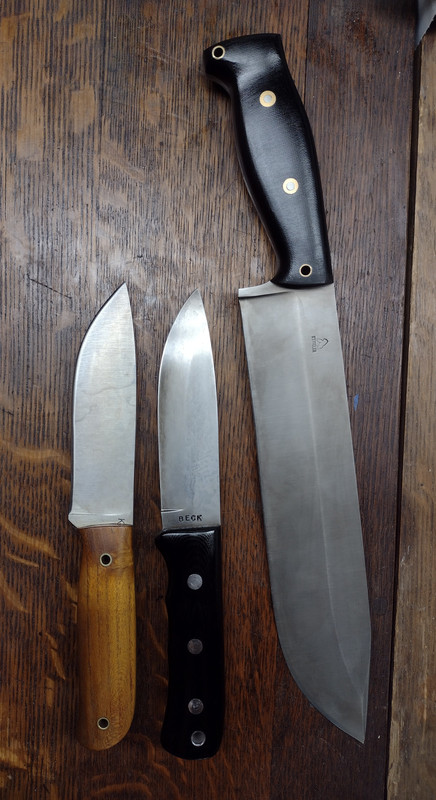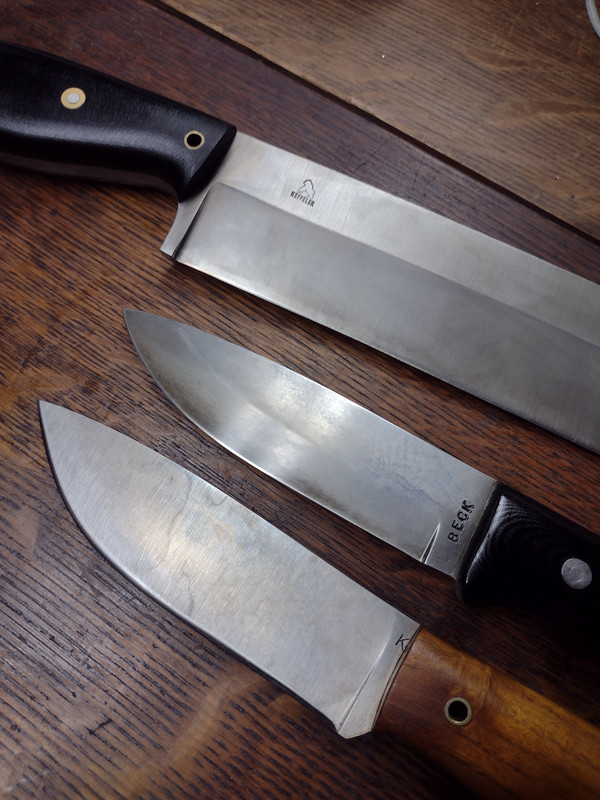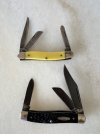gamma_nyc
Gold Member
- Joined
- Dec 1, 2007
- Messages
- 717
Hi,
For 80crv2 blades, like my Winkler Contingency, what is a good way to force a dark patina? Most of the coating has worn off and I made the mistake (?) of cutting a sandwich (mustard?)….now I have a blob of dark patina on just part of the blade….
Is more mustard the way to go?
Thanks!
For 80crv2 blades, like my Winkler Contingency, what is a good way to force a dark patina? Most of the coating has worn off and I made the mistake (?) of cutting a sandwich (mustard?)….now I have a blob of dark patina on just part of the blade….
Is more mustard the way to go?
Thanks!







